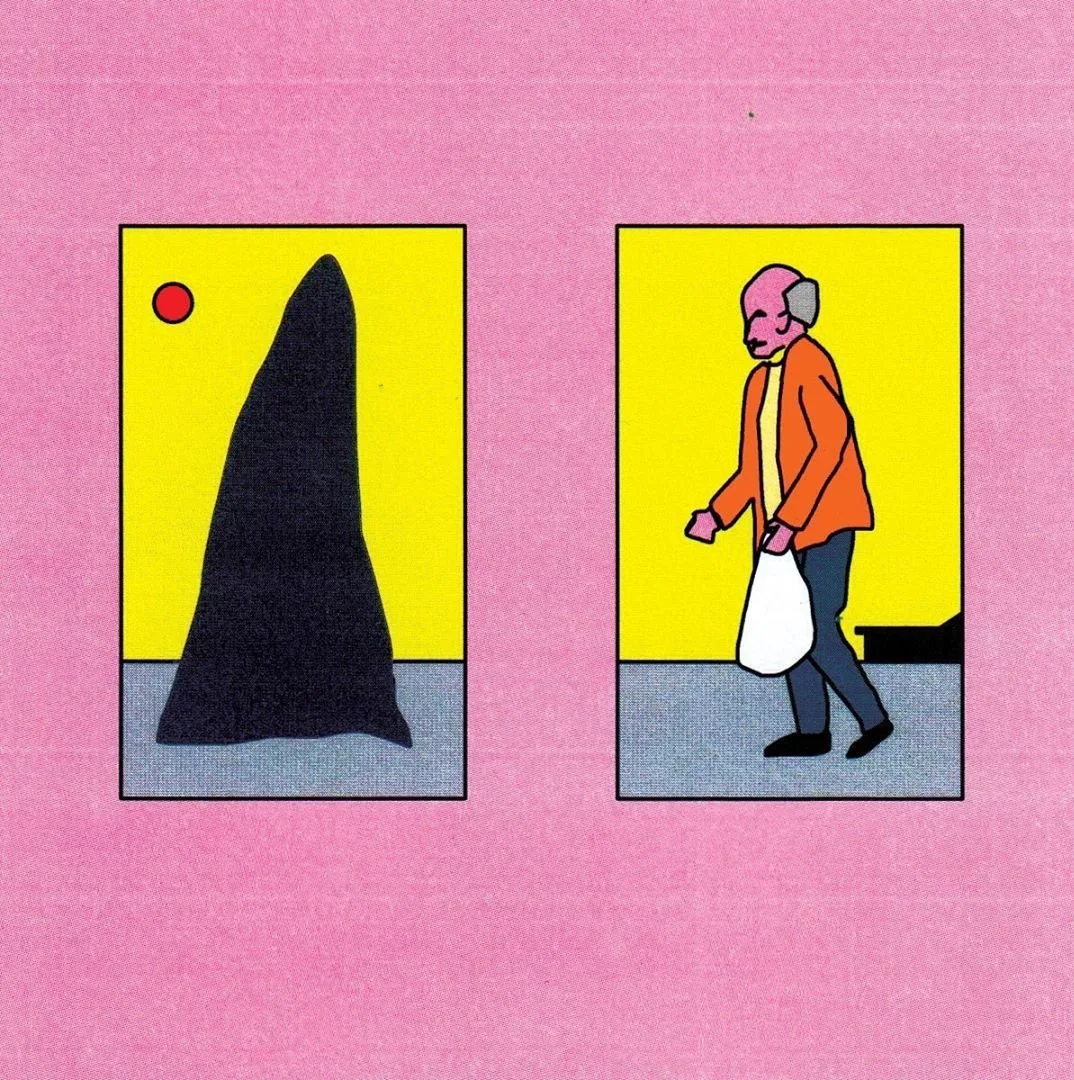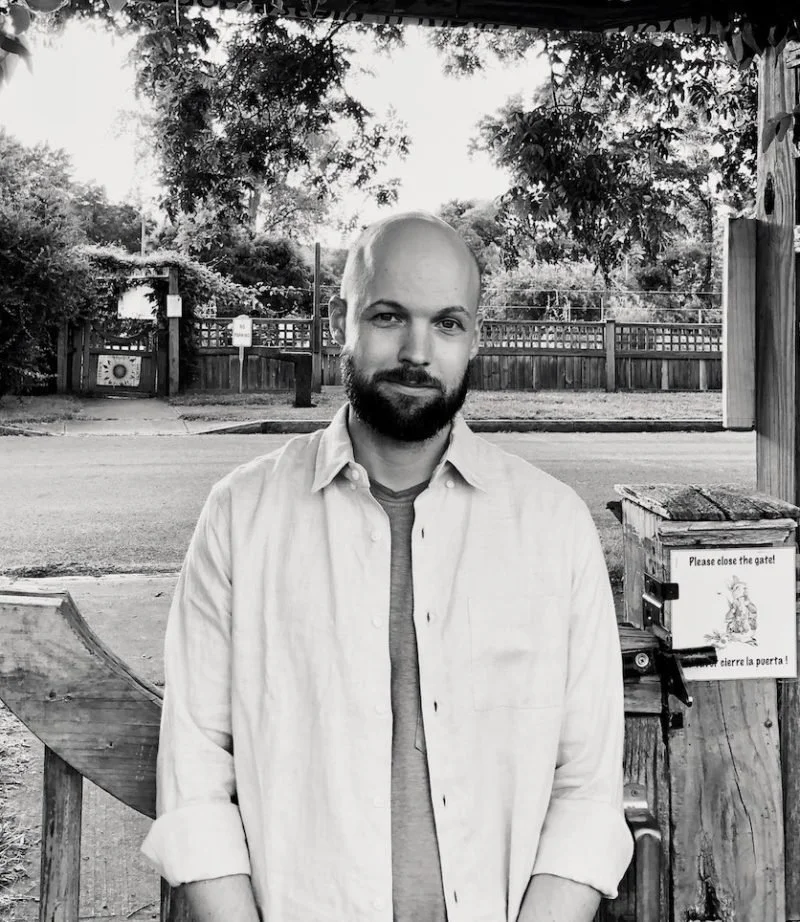
Kitsch Confidential
by Zachary Swezy
“Dear Katharina, Your subversion of traditional logic is a stain on art’s sordid history. Best, S” He tried to find out where she lived but couldn’t, so he addressed all of his letters to the Dusseldorf Kunsthalle, where she was known to sometimes exhibit her work. The more he ruminated about his encounter with her statue in Italy, the more it aggravated him. Through Katharina S had found something he believed his life had been missing -- an enemy. What he had just completed was his fiftieth letter to the artist. Though he had no earthly confirmation that she was reading his notes, he felt safe assuming that she -- at the very least had found an enemy in him. Someone from the museum was bound to write to her eventually, or forward along the letters, or -- in the worst case scenario -- they were keeping the letters in a neat pile, in wait of her next lecture. One way or another, they could be enemies. It would be a tremendous blow to his self esteem if his harassments went unheard so, as a point of faith, he believed fervently that his letters arrived. Art is destined to become kitsch, but kitsch was never meant to become art. He leaned back in his worn leather chair and attempted to crack his knuckles, wishing they would crack even though they never did. Categorically, he preferred kitsch to art in every way. So in Trafalgar Square when he first saw Hahn/Cock -- a giant rooster with the appearance of blue plasticine -- the initial revulsion caught him off guard. It looked like a giant toy, displayed pompously as art for all to endure. His mind went into recursive spirals thinking about the figurines modeled about the statue modeled after a figurine. He dry-heaved but did not vomit. Here was one giant, exalted piece of kitsch. On the surface, it shared all of his values. But the more he thought about it, the more he wished it didn’t exist. In the square he had found a piece of kitsch to be something more than it appeared. It skewed the definition of kitsch by adding dimensions. Before leaving his office he opened the door and propped it ajar with The Great Wave off Kanagawa door stopper his wife had bought for him in an airport gift shop. Tucson, maybe. It was one of his most prized possessions. The solid crested stopper was functional, chiefly. Not only that -- untold millions of them likely existed and were gathering varying degrees of dust. He relished thinking about how commonplace they might someday become. Unlike “Hahn/Cock” this magnificent ancient piece of art traversed the path from art to kitsch, linearly and with honor. The plastic they were cast in would last centuries, before it even began to decompose in the landfills where they would be ultimately entombed. Millennia had passed since the artist’s name and identity was severed from the painting. It truly was the Anthropocene era. One day these objects would make up an entire layer of the Earth’s crust as a testament to man’s dominion over the earth. Coupled with the idea that a painting that pre-existed perspective should now live on as a million three-dimensional doorstops in a glorified dumpster was the entire sum of art’s worth to him. Flattening and throwing things away felt in line with the logic of the world. With that thought, S, buoyed by his satisfaction with his letter, bounced off to mail his letter and eat lunch in the nearby dining hall with a colleague from the cultural anthropology department.
Zachary Swezy is the author of the 2016 novella I WANT TO DIE IN 300 YEARS, as well as the voice behind the prolific 1833 Twitter account. He recently published the short story (waggle dance).
More Literature























![[TITLE] written while listening to Zushi by Dean Blunt](https://images.squarespace-cdn.com/content/v1/580fa9f7e58c62cb7501937b/1665847727162-7ZB4MQGXPPQSXY3GSJX1/zushi.jpeg)






